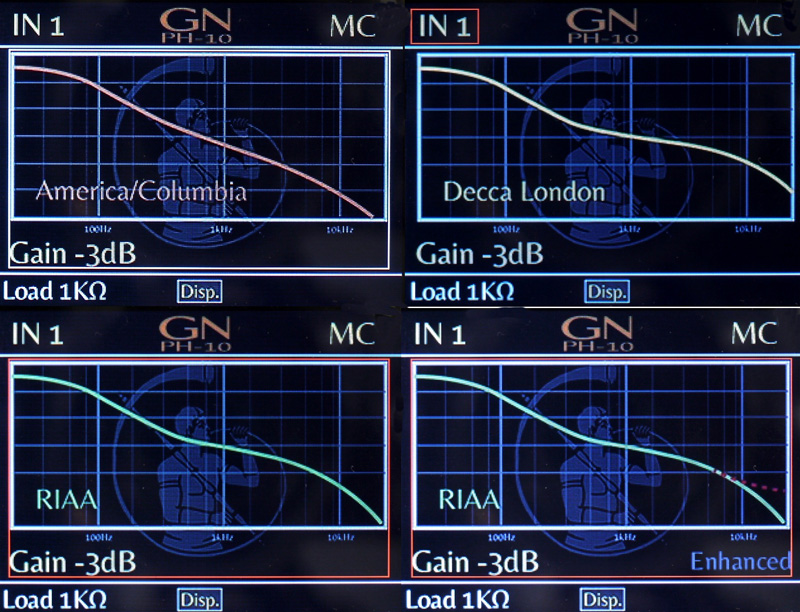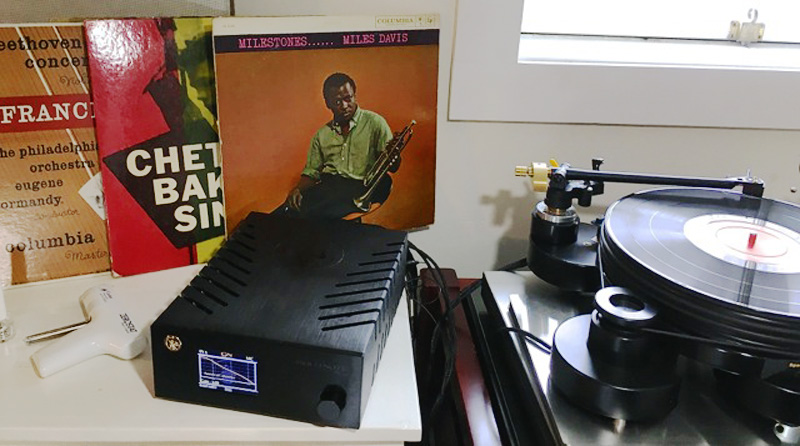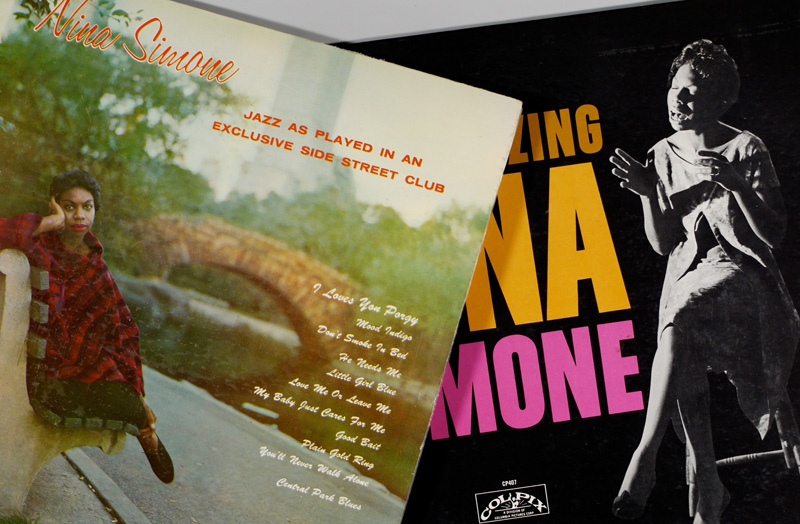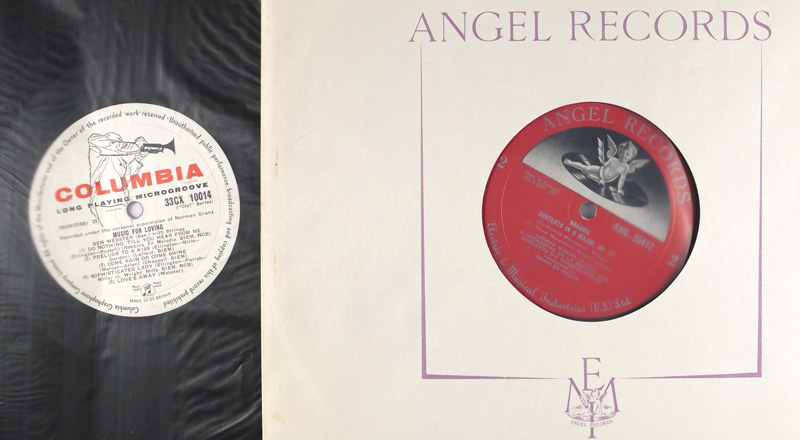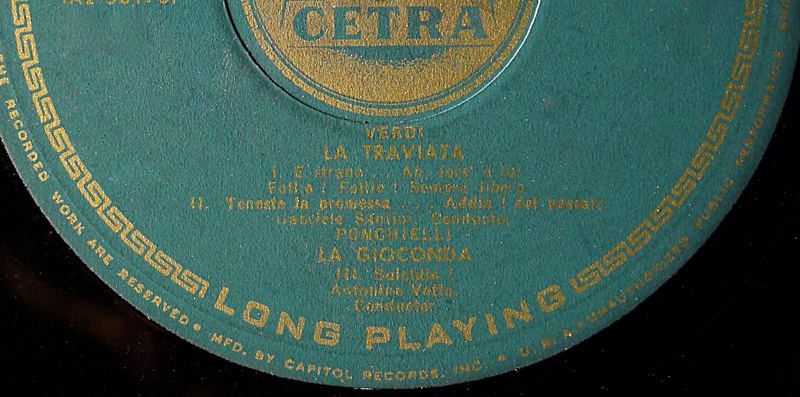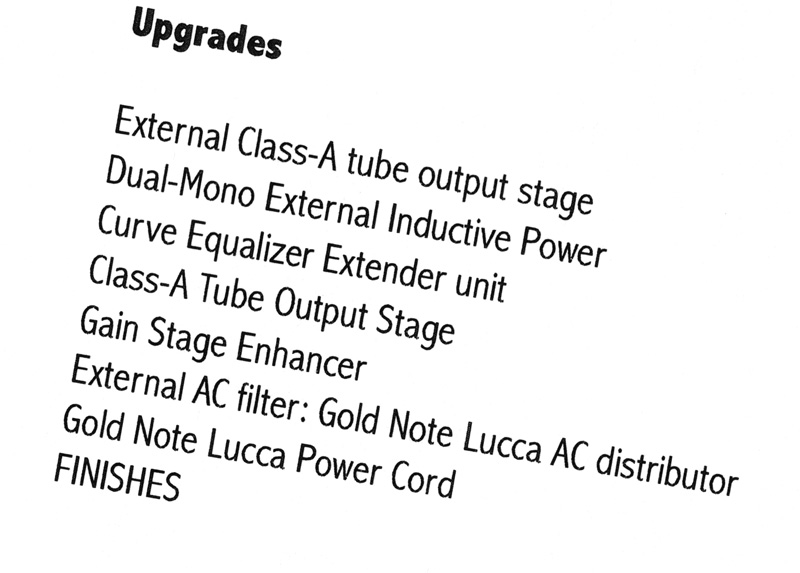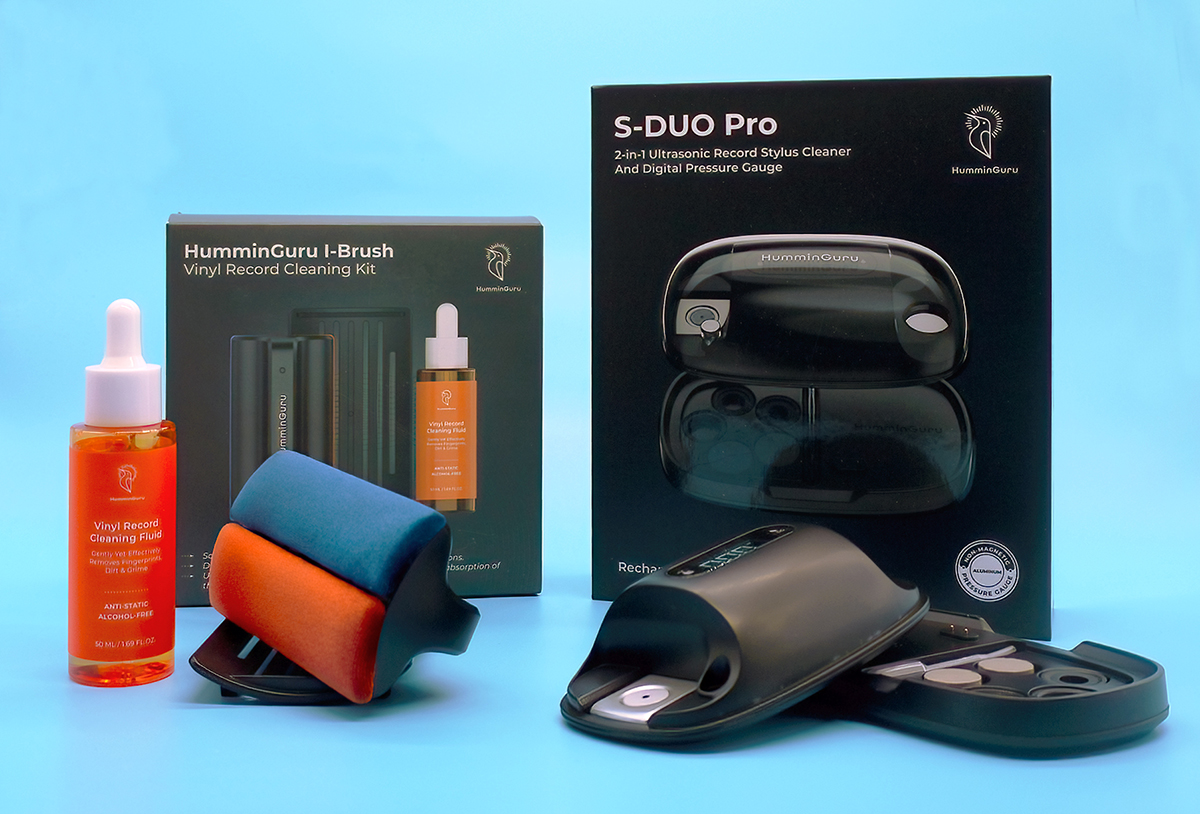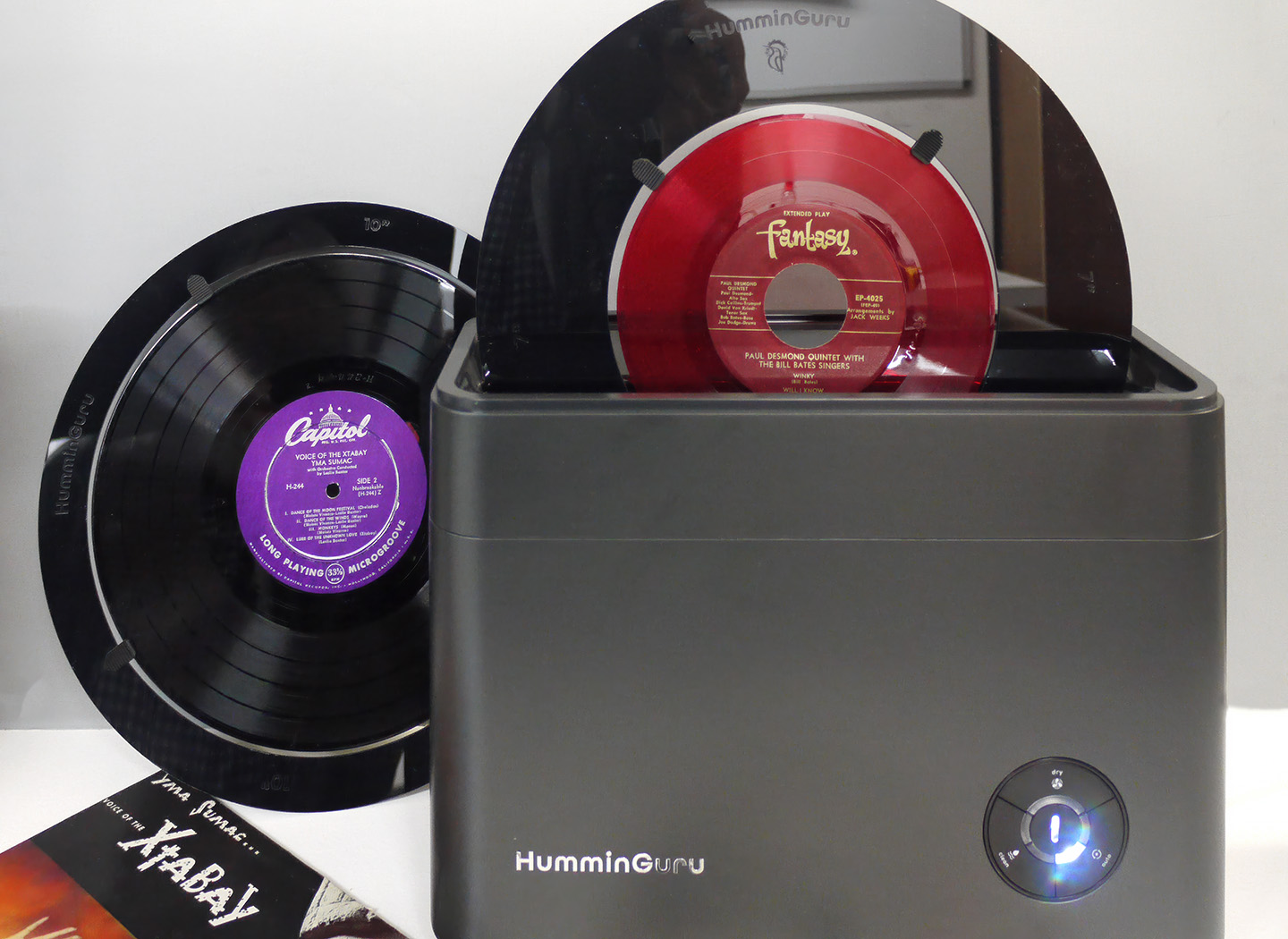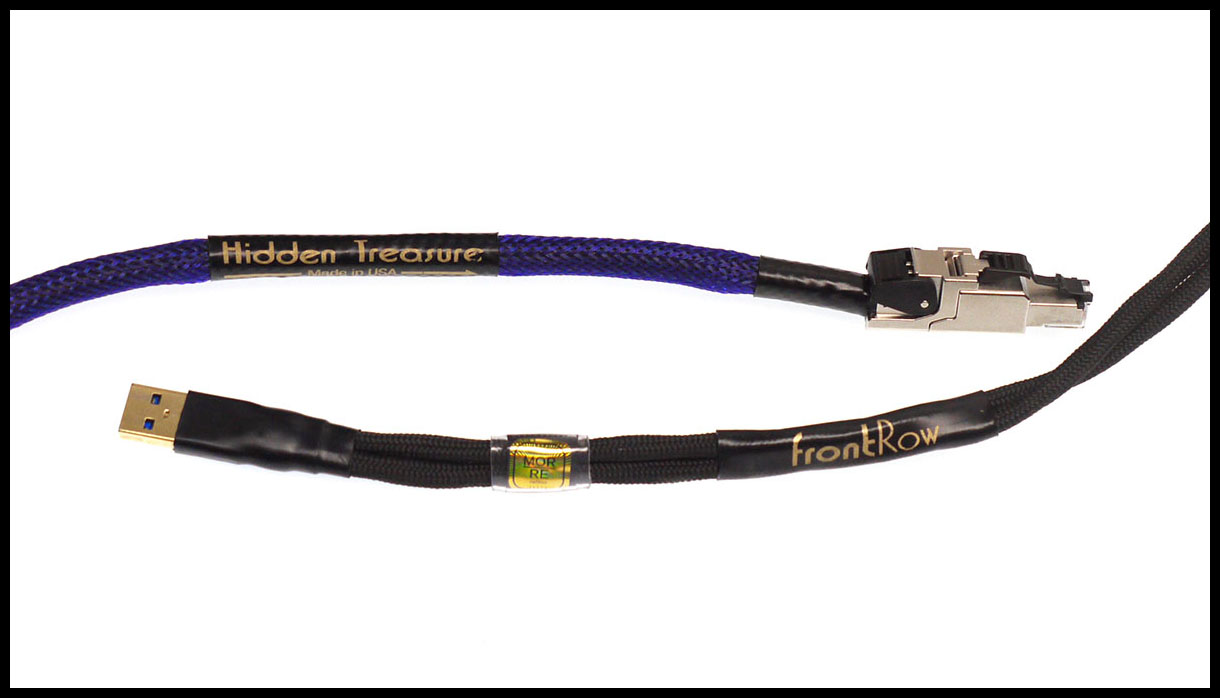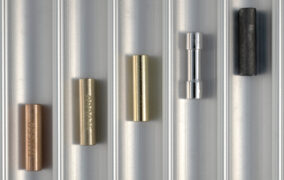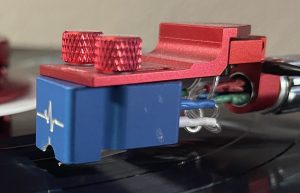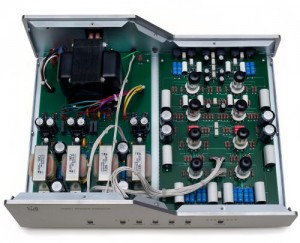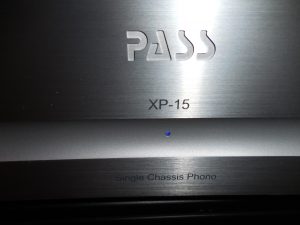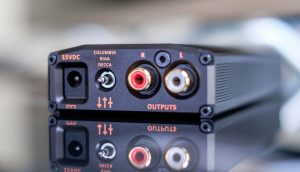Gang tackling is not usually part of the gameplan around team Positive Feedback, but if you are a fan of phono stages, you will note that I am the fourth reviewer here to get a chance to audition the Gold Note PH-10 (see HERE, HERE, and HERE). As my colleagues have ably pointed out, it is a fine sounding piece of kit at a competitive price, and I completely agree. But as the editors were willing to pass the ball to me, I gotta go deep.
I think of myself as a back-door audiophile: I was an avid record collector for years before I discovered TAS and bought me some tube amps and Spicas. Which means I have accumulated hundreds of mono jazz, classical, and pop LPs on the shelves. What piqued my interest in the PH-10 was the mention–almost in passing–that among its feature set was a choice of several EQs. Sure, for most audiophiles (and reviewers) this is of little consequence, as Mo-Fi, Acoustic Sounds, and the rest of the reissue crew do a great job providing clean modern pressings of old faves. The problem for audiophiles who stumble across some old Blue Notes or Westminster monos at a yard sale is that they likely won't play back properly on modern equipment. Odds are they were pressed with a different "EQ" than has been used since the stereo era began in the mid-50s. Back in Issue 80, I reviewed (and purchased) the iFi Micro iPhono, which also provides multiple playback EQs, and went into the EQ situation in some detail. This will be the Cliff Notes version, but it is still complicated.
It is worth keeping in mind that the squiggles in the spiral groove are not an analog of the sounds encoded on the master tape. Ever since the 78 rpm days, cutting a disc required reducing bass frequencies (to keep the stylus deflection manageable) while at the same time boosting high frequencies (to keep the signal above the disc's surface noise). Playback required the inverse: boosting the low frequencies and rolling off the highs. Of course, each company chose their own record/playback "EQ"s, and the resulting chaos still drives 78 collectors mad.
The 33 rpm LP was introduced in 1948 by Columbia Records, followed in short order by RCA, Decca in the UK, and other firms around the world. Each "major" simply converted their shellac presses for vinyl and modified their proprietary 78 rpm EQs for LP production. How modified? Realizing the increased bandwidth would stress the limited capabilities of mass-market "record players", each added a filter to stop boosting very low frequencies. Of course, each company's EQ was also designed for a different playback treble reduction on noisy shellac.
The proto-audiophiles in the Audio Engineering Society (AES) were not impressed. In 1951 they came up with a voluntary alternative EQ, doing away with the low bass filters, and given that vinyl was much quieter than shellac, a reduced treble rolloff. In the early days some smaller labels in the US had their LPs pressed by Columbia or RCA, thus incorporating the house EQs, but numerous other labels, including Angel/Capitol, Blue Note, and Mercury as well as many independent pressing plants adopted the AES recommendation or a variation of it.
Eventually the corporate struggle between Columbia and RCA was resolved when the Recording Industry Association of America (i.e., RIAA) declared the RCA EQ as the US standard in 1954. That meant that mono playback equipment of the day had to adapt to 4 different phono EQs: RIAA/RCA, Columbia, AES, and Decca/London (UK Decca's partner in the US). Ultimately, the advent of stereo (requiring new cutting electronics) and the US economic hegemony made RIAA the de facto international standard by around 1958. But from the LP's first decade, a lot of recordings want something other than RIAA for accurate playback. Why? While there were differences in the bass registers, the errors in treble reproduction are obvious to even casual listeners. For example:
- A Columbia EQ recording played back with RIAA will sound over 2dB too bright at 10kHz.
- A Decca/London EQ recording with RIAA replay will sound about 3dB dull at 10kHz.
- An AES EQ recording via RIAA will also sound about 2dB dull at 10kHz.
2 or 3dB error? Maybe not a problem in the 50s, but once you hear a treasured vintage LP with the correct EQ, RIAA-only phono stages can frustrate. There are some quite expensive high-end units from Zanden and FM Acoustics with multiple EQ options, but Gold Note is unusual at the PH-10's price point in providing non-RIAA options for "American/Columbia" and Decca/London, as well as "enhanced" versions of all three. The unit's TFT display curve even changes as the EQ options cycle… but, frankly, some things didn't look or sound quite right to your humble scribe.
So I pestered Gold Note's Tommaso Dolfi about the PH-10's EQ specifics. It turns out that the Gold Note implementation of the Columbia and Decca London EQs affect only frequencies above 1000Hz; everything below basically remains the RIAA curve regardless of EQ selection ("currently" says Dolfi, and see below). While this may DQ the EQ for archivists, it is a very reasonable "real world" compromise, for as we will see, it allows users to tweak bright or dull RIAA LPs as well as improve replay of vintage discs.
Of particular importance to US audiophiles, because the AES specified treble rolloff (-12dB) is closer to the Decca (-11 in the PH-10) than the RIAA standard (-13.8), it becomes a viable choice for those old Blue Notes, Capitols, and the host of smaller labels that adopted the AES (even though the bass curves were quite different).
Being an Italian company, Gold Note follows European practice (as do my German Aqvox and British iFi units) by providing "Enhanced" EQs that incorporate the 50kHz "Neumann" ultrasonic filter (purportedly to avoid disc cutting head burnout), but which the panel displays do not accurately depict. In addition, Gold Note implements the IEC's dubious 6dB/octave rolloff below 20Hz as well as a sharp subsonic filter at 10Hz. For more info on these controversies, and all things RIAA, I recommend Jim Austin's "Cut and Thrust" in Stereophile.
Given all this, how does the PH-10 sound? The leads on the Incognito-wired modified Rega RB 250 "second arm" on my Nottingham Audio Spacedeck are rather short, so I set the Gold Note on the shelf beside the rack (the tiny iFi iPhono is usually Velcro-ed to the side of the rack for the same reason). Both were set to load the Miyajima Zero mono cartridge at 1000 Ohms as per the importer's recommendation, and I simply swapped the Zu Audio Mission interconnects to my Bent Audio TAP passive preamp back and forth between them. What followed was many nights of Monomania, and my conclusions are based on how LPs sounded on my specific system. YMMV…
My iFi iPhono is the original version; the current one is reputedly significantly better, but I haven't heard it. The two phono stages did sound somewhat different tonally, but as I don't know the specifics of the iFi EQ curves, I'll let that pass. The Gold Note inverts absolute phase, but I routinely check for correct phase with the preamp. Changing EQs on either made more of a difference anyway. What was immediately apparent was that the Italian presented a significantly more dynamic rendition of many recordings than did the more reserved British. In fairness, I was using a Tel Wire power cord on the PH-10 that itself cost about twice what the wall-warted iFi did (the PH-10 review sample arrived without a power cord - my goof, forgot to pack it. DClark).
One of the recurring questions about historical EQ is when did the RIAA actually supplant the older approaches? After all, it was a US industry protocol, not a world-wide standard instantly accepted, even in the US. And it is perhaps for the transitional period of the mid-50s that a device like the PH-10 is most valuable.
For example, I have been a Nina Simone fan since forever. I think Bethlehem BCP-6028 is her first LP, a mono issued in 1958. She is presented almost as a girl piano player who also sings (she studied at Juilliard, and is happy to toss a Baroque embellishment into a jazz piano solo). It is not a great recording sonically, but Holly Cole fans should check out her version of "Don't Smoke in Bed". To me it sounds best through the Gold Note with the Decca/(AES) EQ despite a release date 4 years into the RIAA era. In contrast, The Amazing Nina Simone, Colpix CP407 (a Columbia sub-label), released a year later, sounds over-produced, and definitely RIAA (there is also a stereo version).
In reality, even referring to early EQs as representing a single corporate/national entity is overly simplistic. Many early US Angel mono LPs were recorded by EMI and pressed in the UK, but can sound best with Columbia EQ, later US pressings of the same title may need AES, later still RIAA. This sort of thing is partly down to the shifting relationships between the various companies post WWII. For example, UK Columbia 33CX 10014 is the British version of US Verve Ben Webster With Strings, and is shrill-city unless played with "American" Columbia EQ.
US Decca was not related to UK Decca at the time, but DL 9600, Kell's Mozart Clarinet Quintet, sounds best with the Gold Note's Decca EQ, presumably because it is AES mastered. Bottom line is you don't know until you try, or learn to decode the dead wax info. For example, Haydn Society HS-9049, Etienne's version of the same Quintet (with the Vegh Qt), has the tell-tale "R" (for RCA's Rockaway, NJ pressing plant) inscribed in the runout, and thus is RCA (pre-RIAA).
No review of an Italian component is complete without a nod to that nation's opera composers, of course. Cetra A50175, Maria Callas Sings, with the Radio Symphony Orchestra of Radio Italiana, Turin, features arias from Verdi, Ponchielli, and Bellini. The label tells us it is a Capitol pressing, and it indeed sounds diva-licious with Decca/(AES). Bottom line, as far as many early US jazz and classical mono releases go, the best choice between RIAA, Columbia and Decca (as an AES substitute) is immediately obvious via the Gold Note, and often a surprise.
Post 1954, and into the stereo era, there are still LPs that sound best with non-RIAA EQ, particularly some early London classical stereo LPs pressed in the UK, but sold in jackets printed in the US (and clearly marked RIAA). I have Columbia CL 1193, Miles Davis' Milestones, and ML 4371, the Beethoven Violin Concerto with Francescatti, with 6-eye labels, which are generally assumed to indicate RIAA. Switching to the Columbia EQ changes the relationship between soloist and ensemble in interesting ways—a tossup, so take your choice. UK EMI Columbia 33CX1520 Amalia Rodriques, For your Delight, a 1962 recording of Fados presumably from Portugal, sounds best to me with the Decca EQ... and once you get into LPs from Melodiya and Eastern Europe, South America, Africa, and elsewhere, all bets are off.
My Aqvox phono stage requires XLR balanced tonearm cables; the Gold Note has only RCA inputs (but adds XLR outputs). Swapping the cables involves removing and remounting the Origin Live Illustrious tonearm I use for stereo LPs. I did install a RCA tonearm cable, but only spent enough time in stereo mode to confirm my colleagues' findings. This is a very capable phono stage, competitive with anything out there under $2K, and the alternate EQs are a bonus—even modern stereo pressings can sound too bright or muddy with RIAA, and the alternates can come in handy. Conventional tone controls usually shelve up/down all frequencies more or less equally. The Gold Note LP EQ curves are gradual slopes that progressively affect the very upper frequencies, leaving the broad mid-range relatively untouched. The "Columbia" EQ can work nicely to "smooth" out some of those bright, bass-shy Digital DMM pressings, the "Decca" to add some "sparkle" to compressed, bass heavy pop. Just sayin'.
Finally, a few thoughts on ergonomics. Mono LPs sound best with mono cartridges, so it is nice to see the option of two inputs. However, for most folk, adding a second turntable or arm for the occasional mono LP is not realistic. If you feature mono-era EQs, a mono/stereo switch should be included. The single knob and display screen approach takes some getting used to. Rotate/select/rotate/select is not as intuitive as Gold Note claims: it requires close visual attention, one has to cycle through all the options, and any changes take the micro-processor a second or two of silence to effect. Therefore, the chassis has to be positioned for easy visibility and manual access, not just tucked away somewhere. And I suspect few units will sell to ex-BMW drivers like myself who suffered through the similar iDrive console rotary "Infotainment/GPS" control of a few years back. Curmudgeons such as I prefer direct action switches and knobs, touch screens, or (God help me, another) remote.
The instruction manual is fairly rudimentary, but has a very interesting "Upgrades" section:
Tommaso Dolfi of Gold Note tells me the external power supply is being finalized, in a matching "half-width" chassis, which should make this already lively phono stage truly kick-ass. There are two multi-pin sockets on the rear panel, one marked PSU, the other GN, plus a mini USB port for software upgrades. Class A Tube Output Stage? Curve Equalizer Extender? That means what I think it does? Sure makes me curious, but the review unit is all packed up and ready to send out.
Caio, bella! Perhaps we'll meet again?
Gold Note PH-10 Phono Stage
Retail: $1390
Gold Note





